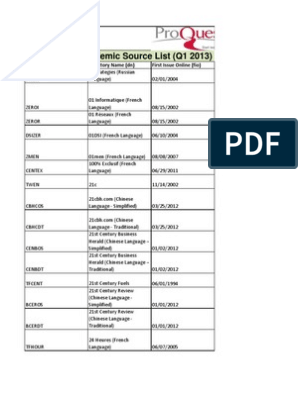0% found this document useful (0 votes)
327 views21 pagesIndian Automobile Pricing Strategies
The document discusses pricing strategies in the automobile sector in India. It notes that the sector is growing at 18% annually and passenger car sales grew 22% in the current fiscal year. It outlines various market segments and key players in the industry. It then discusses several pricing methods used by automobile companies, including psychological pricing, discriminatory pricing, price wars, target return pricing, premium pricing, perceived value pricing, tying, discount pricing, penetration pricing, product line pricing, and optional feature pricing.
Uploaded by
saiwaghCopyright
© Attribution Non-Commercial (BY-NC)
We take content rights seriously. If you suspect this is your content, claim it here.
Available Formats
Download as PPTX, PDF, TXT or read online on Scribd
0% found this document useful (0 votes)
327 views21 pagesIndian Automobile Pricing Strategies
The document discusses pricing strategies in the automobile sector in India. It notes that the sector is growing at 18% annually and passenger car sales grew 22% in the current fiscal year. It outlines various market segments and key players in the industry. It then discusses several pricing methods used by automobile companies, including psychological pricing, discriminatory pricing, price wars, target return pricing, premium pricing, perceived value pricing, tying, discount pricing, penetration pricing, product line pricing, and optional feature pricing.
Uploaded by
saiwaghCopyright
© Attribution Non-Commercial (BY-NC)
We take content rights seriously. If you suspect this is your content, claim it here.
Available Formats
Download as PPTX, PDF, TXT or read online on Scribd
/ 21




















































































